
The inflow of capital in the biotech sector has slowed down. Investors mainly finance their portfolio companies and exits are rare. In addition to the difficulties in financing, however, the latest Swiss Biotech Report also includes some good news about the state of the sector.
The Swiss Biotech Day has evolved into a major international meeting for the industry. This year, 1800 visitors from 44 countries are attending, which also shows the importance of Switzerland as an international biotech hub. Every year, the Swiss Biotech Report is presented at the event. The report published by the Swiss Biotech Association, in conjunction with EY and eight other partner organizations, provides an analysis of the 2022 biotech funding as well as other 2022 key ratios and statistics compared to prior years. This time, the report's assessment is mixed.
First, the good news: Biotech start-ups continued to be established in 2022. The number of companies covered by the Swiss Biotech Report rose from 255 to 284, a significantly stronger increase than in previous years. The number of employees in the sector also continued to rise. It grew to a good 19,000 people. The total turnover generated rose to 6.8 billion Swiss francs. This means that the total turnover is at the same level as last year.
However, the high turnover was caused by biotech companies looking for alternatives to financing through investments. «The global biotech sector, like many other sectors, was impacted in 2022 by geopolitical challenges, which dried up or reduced some sources of funding. However, Swiss biotech companies also showed considerably agility – MoonLake completed a successful CHF 140 million NASDAQ SPAC transaction and Kinarus a reverse merger on SIX Swiss Exchange. In addition, Molecular Partners, VectivBio, Idorsia and many other companies significant funds through alternative non-dilutive avenues of funding, for example large licensing and collaboration arrangements and sale and leaseback transactions,» adds Frederik Schmachtenberg, EY Partner and Global Life Sciences Lead for Financial Accounting Advisory Services.
Funding crunch
Investments in public companies in particular fell sharply. They dropped from CHF 2.5 billion in 2021 to CHF 780 million in 2020. According to the Biotech Report, investments in private companies fell from CHF 817 million to CHF 550 million and were thus below the pre-covid level of 2019. At the same time, there were hardly any exits in 2022. This applied to acquisitions as well as IPOs. Investors primarily financed existing portfolio companies and pharma groups hardly ever took over start-ups, but only acquired individual assets. At the same time, valuations were markedly lower than during the COVID-19 boom. This applies to both the valuation of the companies and the individual assets.
Discussions at the conference showed that little has changed in the first quarter of 2023. Especially start-ups that are looking for new or additional investors are facing difficulties. Many companies have already reacted by focusing on developing the most promising candidates and thus limiting expenses. Those companies that have raised larger sums in 2020 and 2021 are drawing on these reserves. According to the Swiss Biotech Report, total liquidity fell from CHF 7 billion to CHF 5.5 billion.
At the moment, it is unclear how long this situation will continue. What is evident is that the basic needs in the healthcare sector have not changed and that more and more biotech products are coming onto the market. Last year, Swissmedic granted no fewer than 47 marketing authorisations. In addition, the lower valuations also create attractive opportunities for investors.
The Swiss Biotech Report can be downloaded from the website of the Swiss Biotech Association.
(Stefan Kyora)


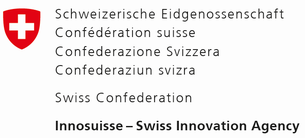
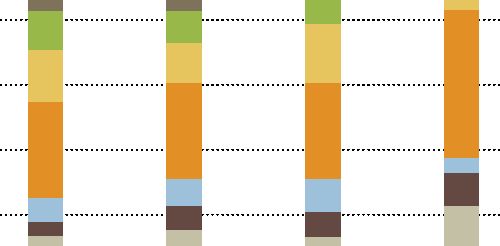




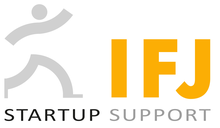








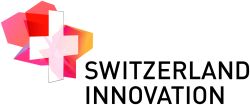































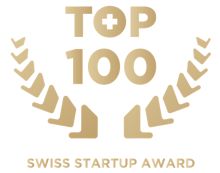





Please login or sign up to comment.
Commenting guidelines